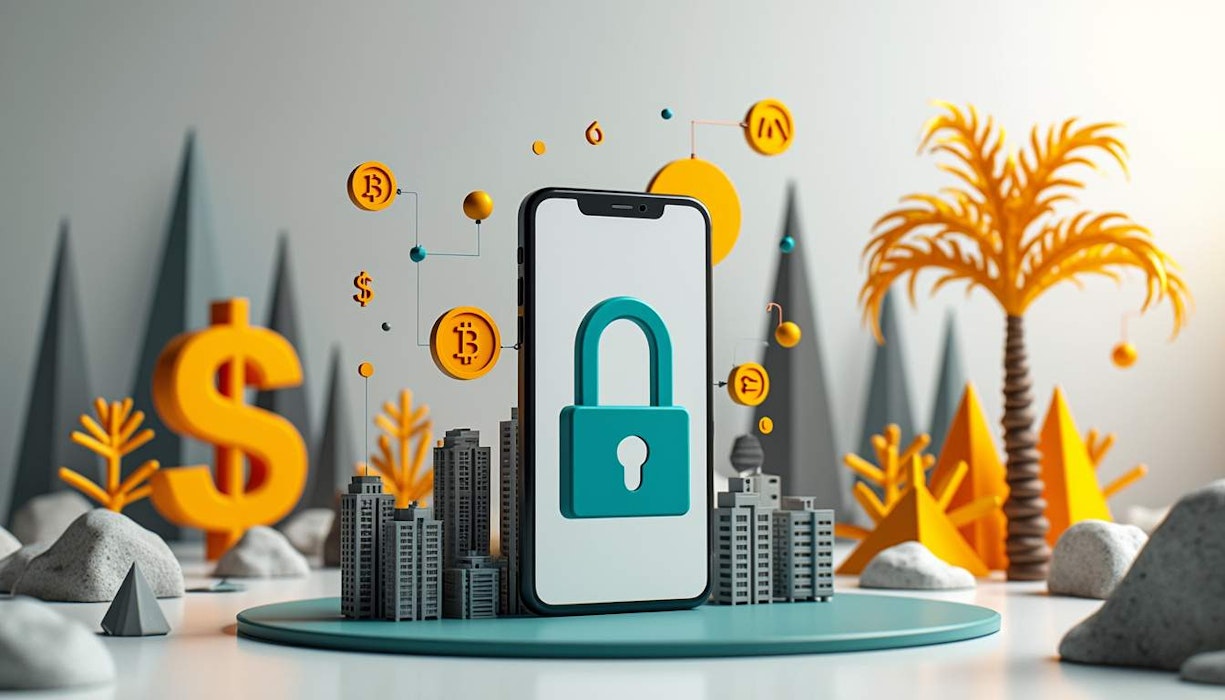I’ve been diving deep into the world of tokenization lately, and let me tell you, it’s a game changer. Essentially, asset tokenization is about converting real-world assets into digital tokens on a blockchain. This isn’t just tech jargon; it allows for fractional ownership, boosts liquidity, and brings in a new level of transparency that we’ve never seen before. Right now, the market for these tokenized assets is around $185 billion (which sounds huge until you realize the potential), but some experts are predicting it could balloon to trillions by 2030.
The Wild Predictions for 2030
Let’s talk numbers because they’re staggering. Various organizations have thrown out their estimates for the market size of tokenized assets in 2030, and they range from conservative to downright mind-blowing. One report suggests a bear case of $2 trillion and bullish case of $4 trillion. Another goes as low as $3.5 trillion on one end and up to $10 trillion on the other. And then there’s one source that sticks with a consistent $4 trillion across scenarios. But hold onto your hats—some predictions go as high as $30 trillion!
For context, that would make it larger than all current cryptocurrencies combined.
Tokenization's Reach: More Than Just Real Estate
What I find fascinating is that tokenization isn't just limited to traditional sectors like real estate or fine art; it's set to disrupt so many industries it's almost dizzying:
-
Intellectual Property: Imagine if patents and copyrights were digital tokens? Licensing could become way easier.
-
Future Income Streams: Musicians could tokenize their future earnings—talk about a new way to fund your next album!
-
Natural Resources: Commodities like gold or carbon credits could be traded more transparently.
-
Infrastructure Projects: Think public utilities broken down into smaller investments that communities can directly fund.
The Bumpy Road Ahead
But let’s not get ahead of ourselves; this massive growth isn’t without its hurdles. Regulatory challenges are looming large:
First off, there's the sheer chaos of different countries having different rules about everything from ownership rights to foreign investment laws.
Then there's the lack of standardized frameworks; regulators are still trying to figure out how to deal with something so decentralized.
Interoperability between blockchains? Good luck with that when your assets on one chain don’t work on another.
And let's not forget existing regulations—tokenized assets need to comply with laws that were designed long before blockchain existed.
Cross-border issues are another headache; navigating national laws while trying to be global is no small feat.
Finally, there’s operational risk—the very speed that makes crypto appealing can also cause chaos during financial panics.
Enter Virtual Currency Trading Platforms
So where do virtual currency trading platforms come into play? They’re crucial for making this whole thing work smoothly:
They help create and distribute these tokens—think platforms like Polymath or Tokensoft. They provide secondary markets for trading these assets, increasing liquidity. They ensure compliance with regulations (Securitize comes to mind). They offer enhanced security through blockchain's immutable nature. They automate processes through smart contracts, cutting costs significantly. And they need to be scalable enough to handle all this!
Final Thoughts
Tokenization offers incredible opportunities for growth and innovation—but only if you act fast. Those who move quickly may stand to benefit the most. By understanding the potential market size, navigating regulatory challenges, leveraging virtual currency trading platforms, and adopting strategic investment approaches, investors can position themselves at the forefront of this financial revolution.
The future of global asset transformation is bright—and I think tokenization will play a central role in shaping it.
